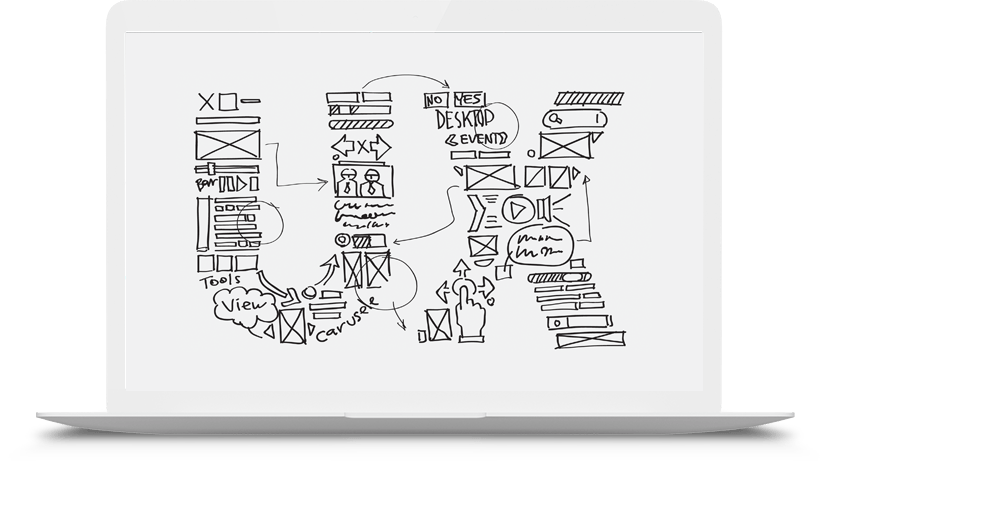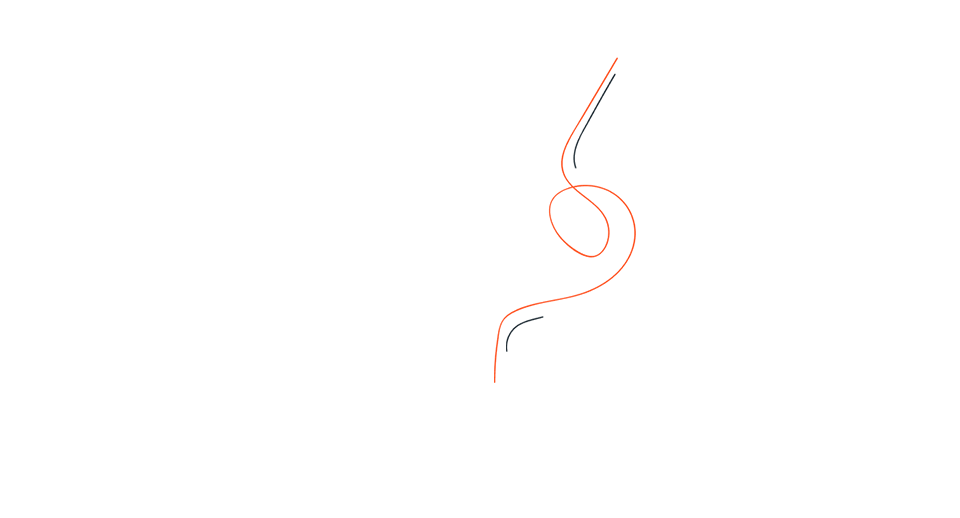Usability Testing
There’s a common misconception that user testing is super expensive and highly complex — only adding to the overall expense of the project and providing little value to be justifiable. It certainly does hold tremendous value and it doesn’t have to involve a large group of test subjects unless many distinctly different user groups have to be taken into account.
At CURTIS Digital, we take a more iterative approach to usability testing that starts with small focus groups and then scales up in complexity as the product evolves. This allows us to quickly identify any major issues that could potentially prevent users from completing key tasks at various stages of their journey. We also use remote user testing tools such as UserTesting.com which can provide valuable insights into how users interact with our designs and what aspects are working well or need to be improved upon.
Finally, we employ a variety of usability metrics — such as task completion rates and time on task — to measure overall user experience throughout each iteration of the project development cycle. This helps us determine where improvements can
Usability Testing is a critical part of the UX design process that helps to ensure that products and services are optimized for user engagement and satisfaction. It’s all about studying how users interact with an interface — from the content, layout, design, to user flow — in order to refine and optimize it for maximum efficiency.
At CURTIS Digital, we look at usability testing as an opportunity to gain valuable insights into customer behavior that can then be used to further enhance the user experience. We take a comprehensive approach by testing both individual components such as buttons, menus, text fields and overall designs. This way, we can identify areas where improvements are needed in order to make the experience even more intuitive and enjoyable for customers.
To do this, we start off by first creating test scenarios or tasks based on real-world use cases of what clients expect their users to be doing when they interact with their products or services. This helps us come up with realistic situations that we can then use during our usability testing sessions in order to get meaningful results. Our team is experienced in setting up these test scenarios through a variety of methods such as focus groups, surveys, interviews, or even remote tests depending on the context.
Once we’ve set up our test scenarios, our team then proceeds to conduct actual tests using different metrics such as task completion rate (how quickly can a user complete a task), accuracy (how accurately did they complete it), user satisfaction (how satisfied were they with their experience) and other KPIs like click rates or time on site etc. All of this data allows us to measure variables like navigation paths taken by users in order to understand which elements require more optimization or need changing entirely.
The findings from this data analysis process provides us with valuable insight into what works best for each individual product or service so that we can make informed decisions when optimizing UX designs going forward. It also offers an invaluable opportunity for clients who want to continuously improve their customer journeys in order to stay one step ahead of the competition.
At CURTIS Digital, our team has extensive experience conducting usability tests across many different industries and platforms — web-based interfaces, mobile apps etc — ensuring that each project has been optimized for optimal customer engagement and satisfaction every step of the way. Our strategies are tailored according to each client’s requirements allowing them access insights into how users are engaging with their products and services from all angles so they can better adjust their strategies accordingly going forward.




User Research
Information Architecture
Interaction Design
Prototyping
Content Strategy
Usability Testing
Few Reasons Why You Should Choose Us
There are several benefits to using a technical team for user experience (UX) design as opposed to just a designer:
Broader skillset: A technical team has a wider range of skills and expertise, including programming, testing, and project management, which can be beneficial in the UX design process.
Better problem-solving: Technical teams are well-equipped to handle the challenges and complexities that can arise during the design process, as they have the ability to think critically and find solutions to technical problems.